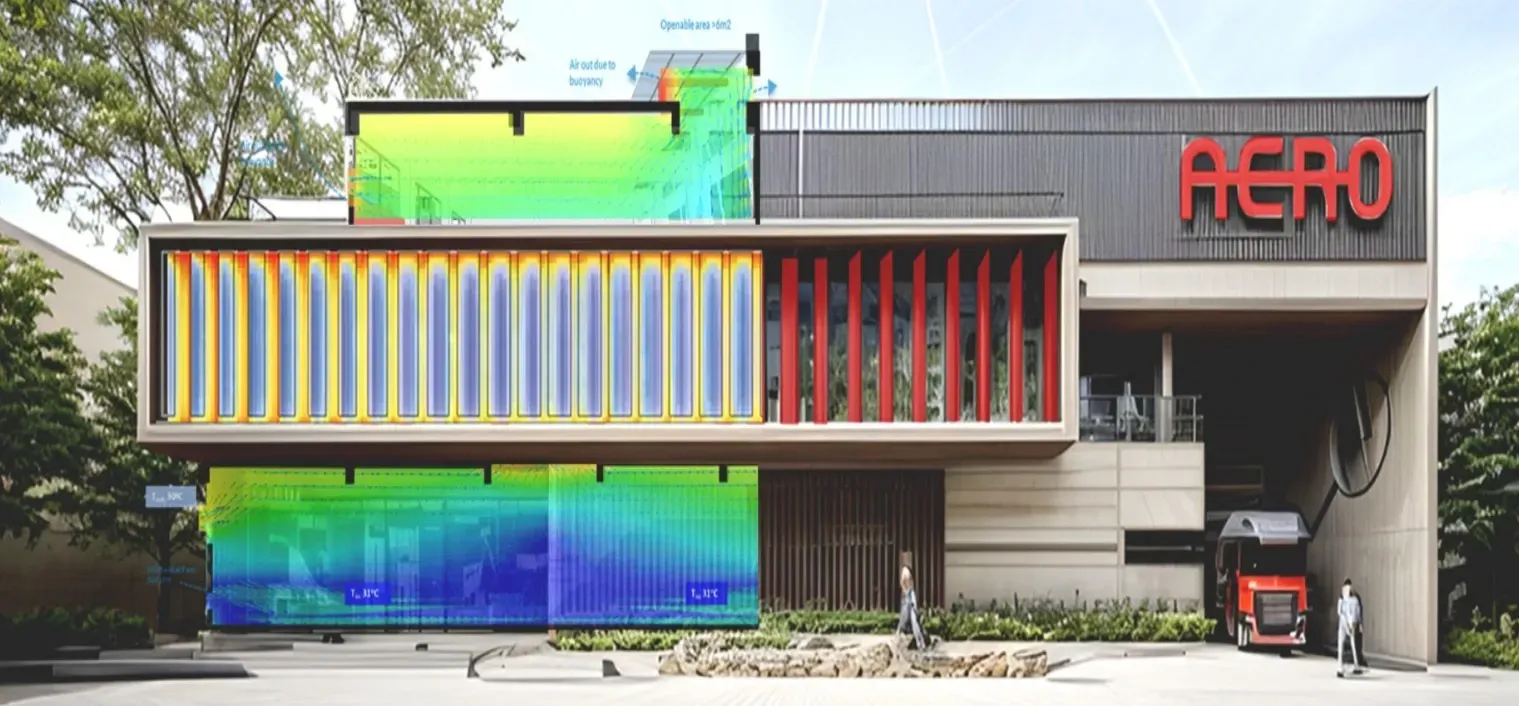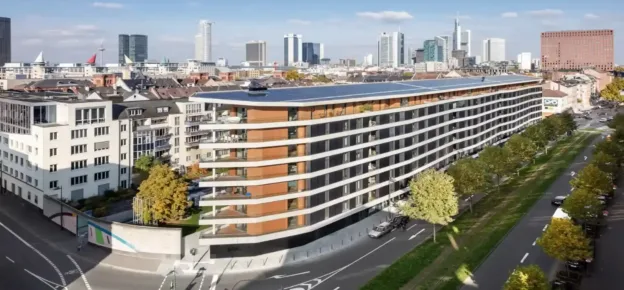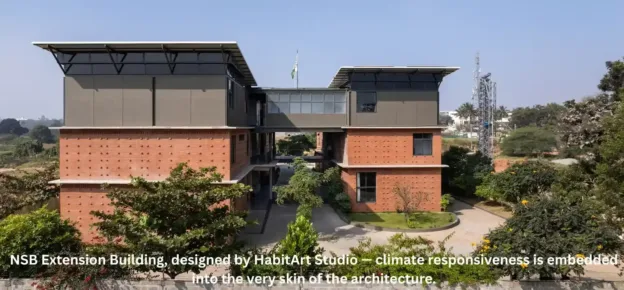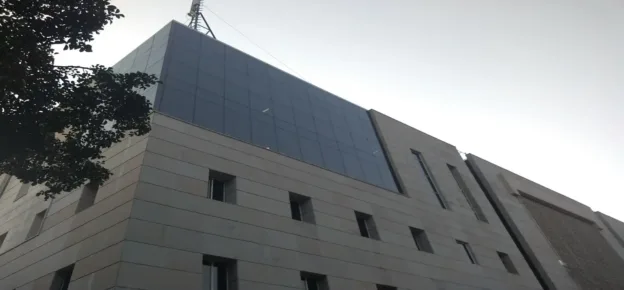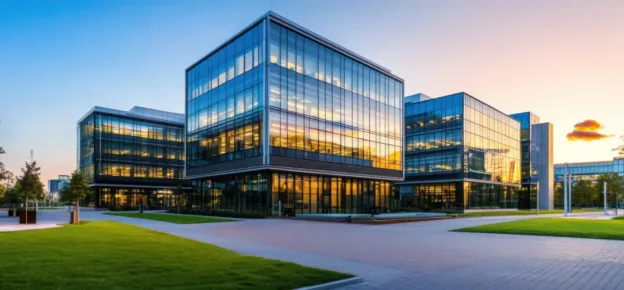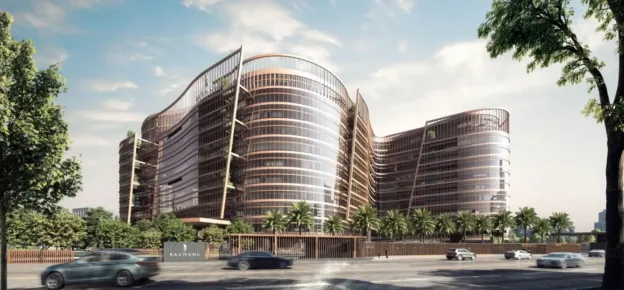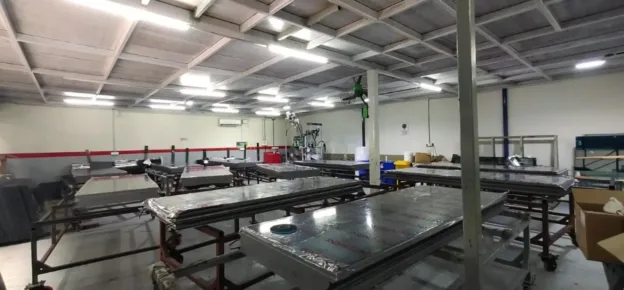Imagine stepping into your new office tower. Sunlight floods the space. The walls gleam with sleek glazing. But by 2 PM, it is a furnace. Blinds are drawn. Air conditioning battles the heat. The view disappears. Comfort? Compromised.
And yet, this building probably holds a “green” certificate – Gold, maybe even Platinum.
This paradox is all too common. While our façades look futuristic, they often behave like relics of a bygone era – built on guesswork, aesthetics, and assumptions. What we need is a fundamental shift: a move from designing for looks to designing based on science.
The traditional wisdom that guided vernacular architecture has become obsolete in our era of high-rise construction and advanced building technologies, materials, and electromechanical systems. Design principles that worked for modest-scale vernacular buildings simply do not translate to the complex thermal dynamics of contemporary corporate towers. Modern lighting systems eliminate the need for traditional skylights to achieve daylight quality, advanced HVAC systems can deliver fresh air without operable windows, and high-performance insulation materials can maintain comfort without massive thermal mass.
Yet buildings continue to underperform. The disconnect lies not in our technology but in our decision-making process during the critical design phase.
The good news? We already have the tools. We just have not made them central to the process.
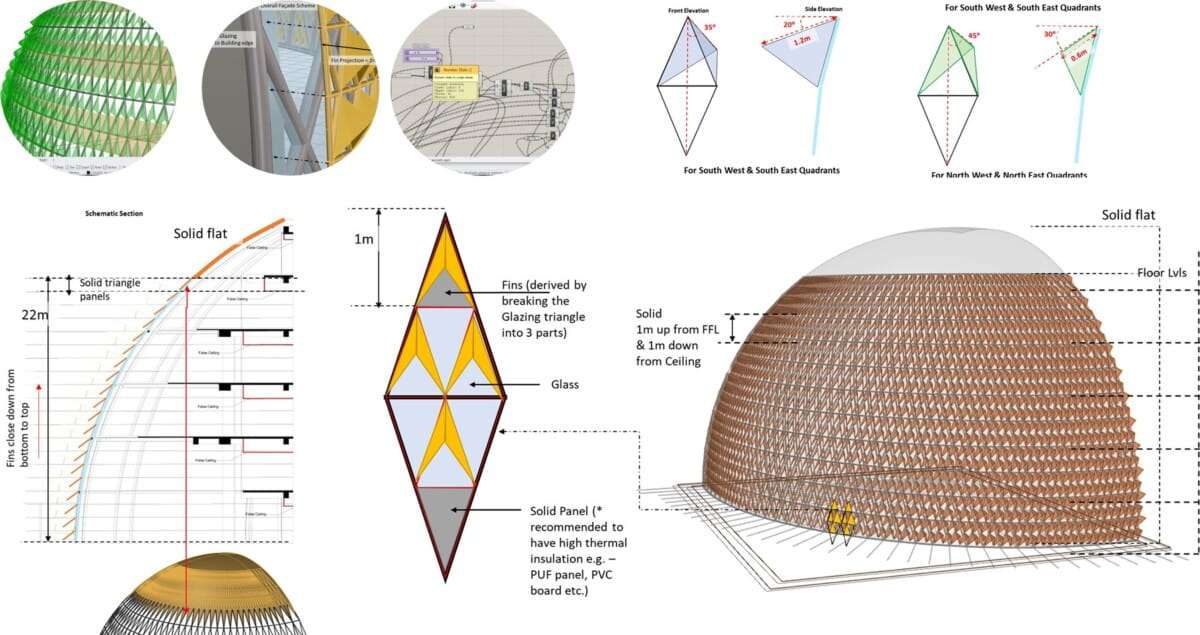
Enter Building Physics Simulations
Building science simulations are not new. They are the modern evolution of climate wisdom – now powered by data and computing. These tools do not just help you pass codes or win green badges. They help you ask and answer better questions early in the process.
- What happens if we reduce glazing from 60% to 35%?
- What is the real benefit of a shading fin?
- Can we lower HVAC size by improving façade design?
Simulations allow us to test these what-ifs before they become built realities.
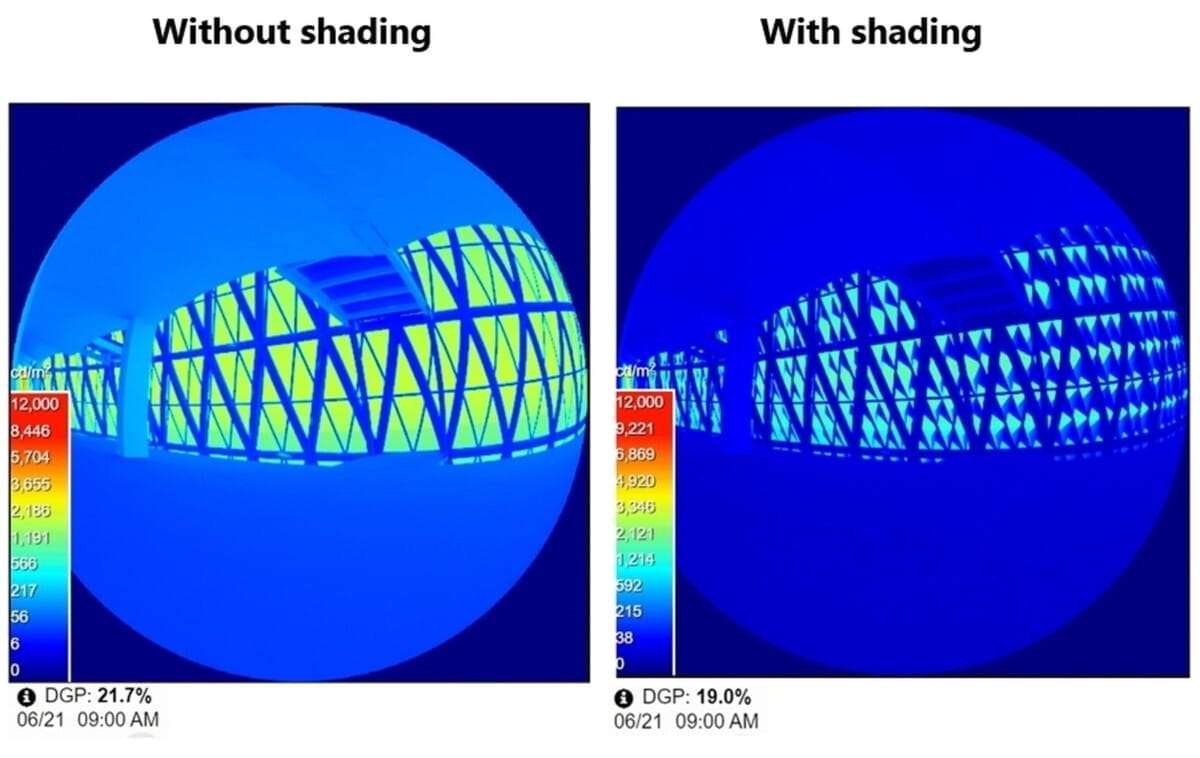
Basics First – Climate And Solar Studies
Building science simulations reveal the true thermal dynamics of tropical façades. In Indian climates, envelope heat gains follow a predictable hierarchy:
Solar gains through glazing dominate at 50%, followed by roof conduction at 24%, east and west walls contributing 8% each, south walls at 7%, and north walls at a modest 3%.
However, this distribution varies dramatically with building scale. In compact residences around 900 square feet, envelope gains can represent 70% of total building heat gain. In large corporate offices exceeding 10,000 square feet, this drops to merely 25%, as internal loads from occupants, lighting, and equipment dominate deeper floor plates.
This data fundamentally reshapes façade strategy. For large commercial buildings in hot climates, optimizing form factor becomes critical – compact ratios between 0.4-0.6 minimise thermal exposure. Conversely, smaller residential buildings in humid climates can accommodate higher form factors of 1.8-2.0 to capitalise on natural ventilation opportunities.
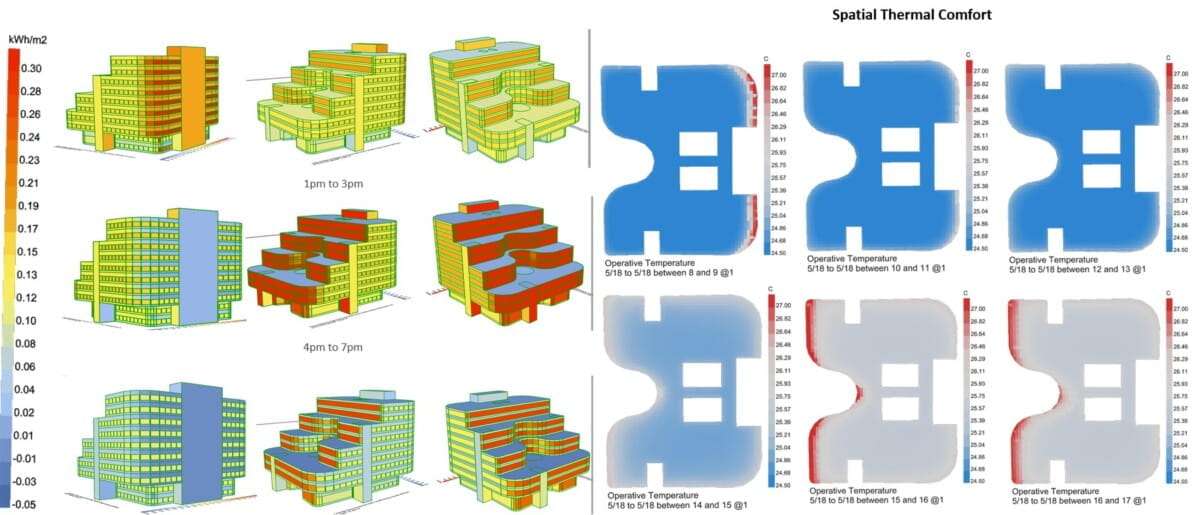
Shading Can Save Your Façade (And Your Bills)
Shading is more than just aesthetic – it is performance geometry. In one factory office project in Delhi, adding vertical shading fins cut direct solar heat gain by 65%, reducing the glass surface temperature from 65°C to 48°C in peak summer. That means lower HVAC loads, cooler interiors, and happier occupants – without relying on expensive glazing.
Parametric tools like Ladybug and Grasshopper allow designers to simulate various depths, spacing, and angles of shading devices, tailoring them precisely to solar geometry – and sometimes eliminating the need for premium glazing altogether.
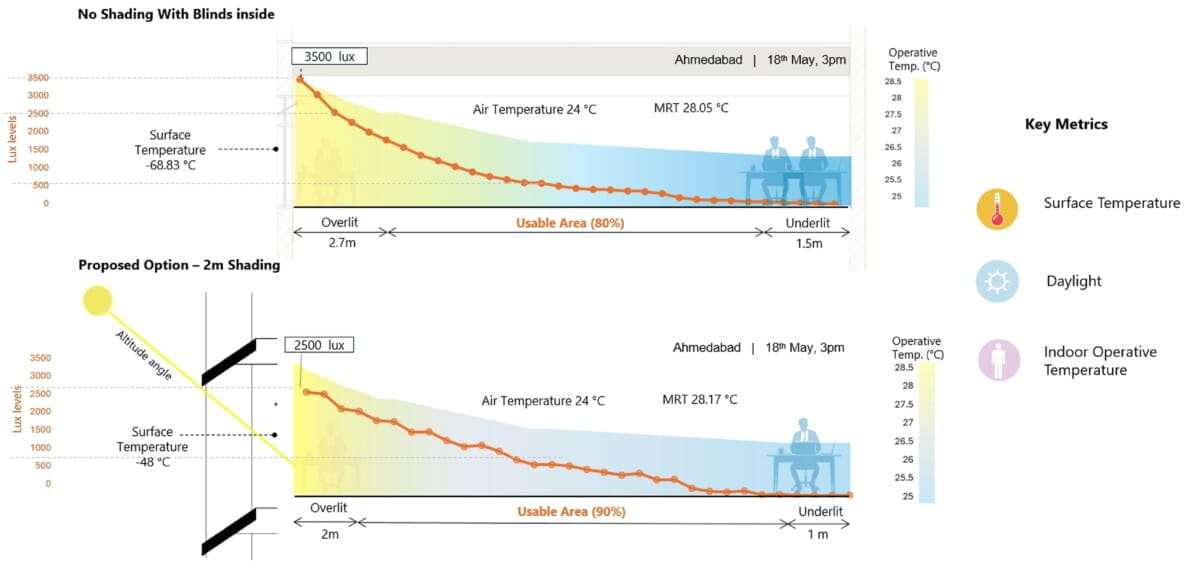
Heat, Glare & Views: A Delicate Balance
Windows serve multiple masters: thermal control, daylight provision, and psychological connection to the outdoors. High-performance glazing has advanced significantly, yet the fundamental truth remains – more glass means more heat. The challenge lies in achieving an optimal balance without forcing occupants to deploy blinds that negate both daylight and view benefits.
Advanced simulation can evaluate glare probability alongside minimum illumination thresholds, targeting Spatial Daylight Autonomy (sDA) of 300 lux to minimise artificial lighting dependence. The recently completed Nalanda University library exemplifies this integrated approach: combining high-performance double glazing with 45% visible light transmission and modular triangular fins, simulations achieved remarkable results – Daylight Glare Probability reduced to just 19% while sDA increased to 70% of floor area.
This represents a paradigm shift from traditional trial-and-error methods to precision engineering of human visual comfort.
Overheating from glass façades creates invisible inefficiencies beyond mere energy consumption. Thermal and visual comfort are spatially dynamic. A workstation by the east window feels different from the lunch table in the courtyard. With comfort maps – spatial grids of heat load, predicted mean vote (PMV), daylight levels, and glare hot spots – we can truly read the lived experience of space.
Poorly performing façades can render 10% of premium floor area unusable due to comfort issues. Simulation-driven façade optimisation addresses these hidden costs, improving thermal uniformity without compromising daylight access, view quality, or architectural expression. The economic argument becomes compelling: façade improvements can reduce cooling energy demand by 20–40% while simultaneously increasing usable floor area.

Integrated Design And The Age Of AI
Sounds fancy, but this is the hardest aspect – prioritising design decisions and ensuring the final product is an optimised integrated design which balances not only performance but also cost. Parametric simulations powered by modern computing and AI tools help in arriving at the most optimal solutions, which perform and pay back well.
In a simulated comparison of multiple façade options, the optimised design and specifications ensured:
- Energy use (EPI) dropped from 135 to 115 kWh/m²/year.
- Cooling load dropped by 400,000 kWh
- Uncomfortable hours near the façade fell from 2,000 to 500 per year
- Façade costs were slashed in half – all while improving comfort.
Without simulation, these insights would remain invisible.
Artificial intelligence is revolutionizing façade optimisation through generative design algorithms. Tools like Wallacei and Octopus employ evolutionary algorithms to explore thousands of façade variations simultaneously, identifying optimal configurations that would be impossible to discover through conventional design iteration.
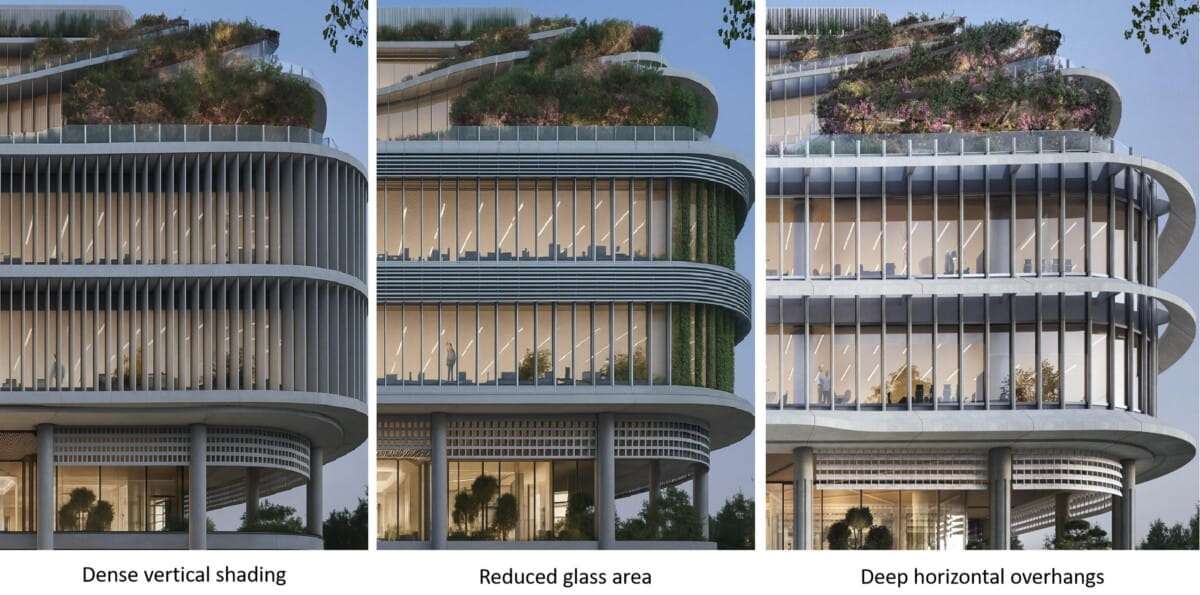
Machine learning models can now predict high-performance envelope specifications based on building typology, climate data, orientation, and programme requirements. More dramatically, AI-powered co-simulation engines compress analysis time from hours to minutes, enabling real-time design feedback during schematic phases.
Visualisation tools like Midjourney accelerate concept development, allowing rapid exploration of architectural expression possibilities for optimised façade solutions. This convergence of performance analysis and aesthetic exploration eliminates the false choice between technical optimisation and design ambition.
The path forward requires systematic change across policy and practice. Building codes must evolve beyond prescriptive compliance to mandate evidence-based performance verification. Green rating systems should reward demonstrated envelope performance rather than checklist adherence.
Most critically, the industry must recognise that simulation is not a design burden – it is a design enabler. The cost of comprehensive façade simulation typically represents less than 1% of a project’s HVAC capital expenditure while potentially reducing operational energy costs by 20–40% over the building’s lifetime.
Contemporary façades are not mere architectural skin – they are sophisticated climate interfaces that mediate between exterior conditions and human comfort. With building simulation technology and AI-powered optimisation tools now mature and accessible, we possess unprecedented capability to design high-performance envelopes that exceed compliance standards and actively enhance occupant experience.
The question is not whether we can create better façades – it is whether we will choose to use the tools already at our disposal. In an era of climate urgency and energy consciousness, science-before-design is not just best practice – it is professional responsibility.
The future of façade engineering lies not in intuition, but in intelligence – computational intelligence applied with design wisdom to create buildings that perform as beautifully as they appear.
